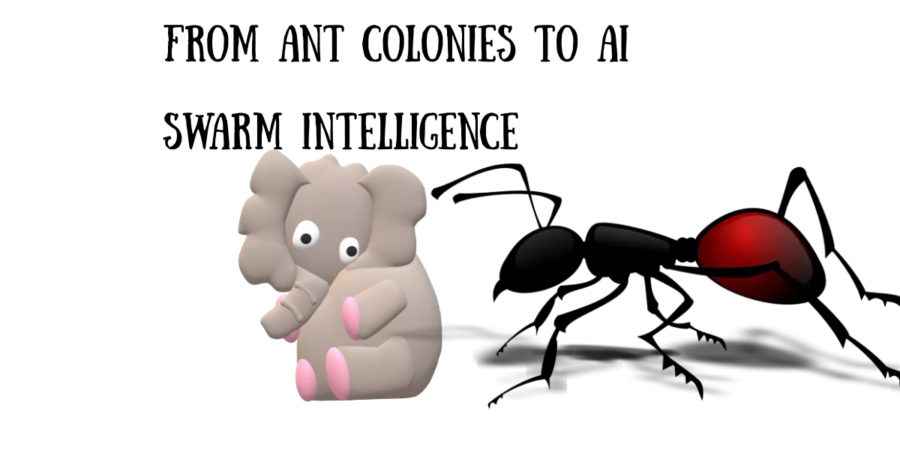Swarm Intelligence is a branch of Artificial Intelligence that is inspired by the collective behavior of social animals like bees, ants, and birds. It refers to the ability of a group of individuals to work together and achieve a common goal without any centralized control or hierarchy. In the world of AI, Swarm Intelligence refers to the ability of a group of agents or robots to work together and solve complex problems that cannot be solved by a single agent.
It has many applications, including optimization, routing, and control of unmanned vehicles. In optimization problems, it is used to find the optimal solution in a large search space. In routing problems, it is used to find the shortest path between two points in a network. In control of unmanned vehicles, it is used to coordinate the movement of multiple vehicles to achieve a common goal.
This algorithms are based on the principle of emergent behavior, where complex behaviors and patterns emerge from simple rules followed by each individual in the group. The most popular Swarm Intelligence algorithms are Ant Colony Optimization, Particle Swarm Optimization, and Bee Colony Optimization.
Ant Colony Optimization (ACO) algorithm is inspired by the foraging behavior of ants. In this algorithm, artificial ants deposit pheromone trails to mark the paths they have followed. The pheromone trails evaporate over time, so ants tend to follow the paths with the highest pheromone concentration, which leads to the shortest path between the nest and the food source.
Particle Swarm Optimization (PSO) algorithm is inspired by the flocking behavior of birds. In this algorithm, artificial particles move in the search space to find the optimal solution. Each particle adjusts its position and velocity based on its own experience and the experience of its neighbors, which leads to the convergence of the particles to the optimal solution.
Bee Colony Optimization (BCO) algorithm is inspired by the foraging behavior of honeybees. In this algorithm, artificial bees explore the search space to find the optimal solution. Each bee maintains a memory of the best solution found so far, and communicates it to other bees to accelerate the search process.
It has the potential to revolutionize many fields, including transportation, healthcare, and finance. It can be used to optimize traffic flow in cities, design personalized treatments for patients, and detect fraud in financial transactions.
Swarm Intelligence has numerous applications in our day to day life
- Traffic Optimization: Algorithms can optimize traffic flow by controlling traffic lights based on real-time traffic patterns. This can significantly reduce traffic congestion and improve overall traffic efficiency.
- Social Media Algorithms: Many social media platforms use to analyze user behavior and provide personalized content recommendations. These algorithms analyze user activity and make predictions based on collective behavior patterns.
- Disaster Response: Can be used to optimize disaster response efforts by coordinating rescue teams and distributing resources. These algorithms can also help predict the spread of natural disasters and provide early warning alerts.
- Supply Chain Management: Can be used to optimize supply chain management by coordinating the movement of goods and resources. This can help reduce delivery times and improve overall supply chain efficiency.
- Agriculture: Algorithms can be used to optimize crop management by analyzing environmental data and making recommendations for planting, watering, and harvesting. This can help increase crop yields and reduce waste.
You may also wow to read below articles
Adaptive Capabilities of Evolutionary Algorithms
Fuzzy Logic- Where Precision Meets Uncertainty
How Expert Systems AI is Transforming Industries
Robotics AI: The Future of Automation
Natural Language Processing (NLP)


